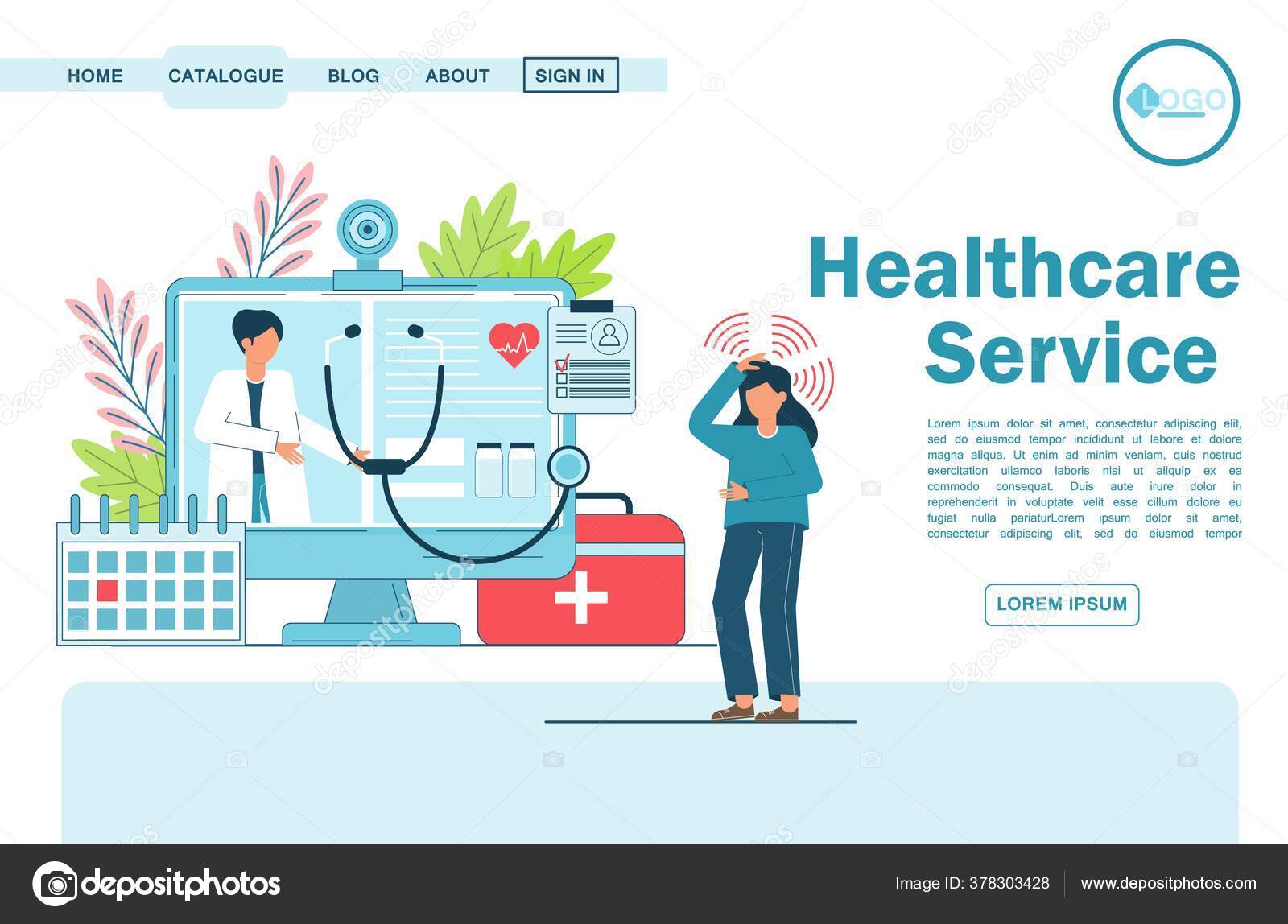The Effect of Subscription Based Healthcare on Conventional Medical Practices
The Effect of Subscription Based Healthcare on Conventional Medical Practices
Blog Article
Just How Subscription-Based Healthcare Is Changing the Medical Market

The Rise of Registration Healthcare
In the last few years, the healthcare market has actually observed a substantial shift in the direction of subscription-based designs, mirroring broader consumer patterns favoring convenience and predictability. This transformation is driven by the enhancing demand for even more customized and obtainable treatment services. Subscription healthcare, often described as concierge medicine or direct medical care, offers people a set monthly charge for a series of clinical solutions, considerably modifying conventional fee-for-service models.
The increase of membership healthcare is helped with by improvements in modern technology, which allow structured communication between individuals and service providers - subscription based healthcare. Digital systems and telehealth solutions have become indispensable, supplying individuals the ability to set up visits, gain access to clinical records, and obtain examinations online. This technological combination not just improves individual involvement but also permits carriers to supply extra reliable treatment
Furthermore, the subscription model lines up with the evolving expectations of people who seek even more control over their healthcare costs and experiences. By removing the changability of co-pays and insurance claims, subscription-based healthcare uses a simple and clear method. While this model is acquiring traction, its proliferation deals with obstacles such as regulatory difficulties and the necessity for more comprehensive approval within the conventional medical care ecosystem. Its growing visibility notes a critical minute in the development of healthcare shipment.
Benefits for Companies and patients
Subscription-based medical care offers a multitude of benefits for both companies and individuals, improving the characteristics of medical care. For people, this design provides improved accessibility to medical care solutions.
For doctor, subscription-based versions promote a more lasting and gratifying method. By securing a steady income stream, service providers can concentrate on supplying top notch treatment without the stress of volume-based service. This version motivates longer patient consultations, cultivating stronger patient-provider connections and enhancing health end results. In addition, it offers companies the adaptability to introduce and integrate preventive and alternative care methods. Administrative tasks are commonly streamlined, reducing overhanging prices and enabling suppliers to devote even more time to patient interaction. Overall, subscription-based health care aligns the incentives of individuals and carriers, advertising an extra patient-centered and effective medical care distribution system.
Secret Features of the Design
Often, the key features of the subscription-based health care design emphasize its distinctive approach to supplying clinical solutions. Central to this model is the concept of predictable, month-to-month settlements, offering people a comprehensive series of solutions without the changability of traditional fee-for-service frameworks. This design typically consists of limitless access to health care services, precautionary care, and routine examinations, guaranteeing that clients can involve with their doctor proactively as opposed to reactively.
Additionally, straight communication networks, such as telemedicine and messaging platforms, are stressed, enabling individuals to receive timely guidance and examinations without needing in-person consultations. This enhances ease of access and convenience, especially for individuals with movement constraints or those staying in remote areas. The design likewise promotes more powerful doctor-patient partnerships, as doctor are incentivized to focus on lasting health results instead of short-term brows through.
Additionally, subscription-based health check my blog care often incorporates technological technologies, such as electronic health and wellness documents and wellness surveillance apps, to offer individualized and reliable treatment. Individuals benefit from coordinated and continuous treatment administration, which is customized to their certain health and wellness needs. Ultimately, these functions jointly develop a patient-centered medical care experience, prioritizing availability, expense openness, and preventive care.

Obstacles and Considerations
While the subscription-based healthcare model provides various benefits, it is not without its difficulties and considerations. One substantial difficulty is making certain fair gain access to. Subscription versions might inadvertently prefer those with higher socioeconomic condition, possibly widening disparities in medical care gain access to for lower-income individuals that may fight with monthly costs. This raises ethical concerns concerning inclusivity and equity in healthcare delivery.
Another obstacle exists in regulatory compliance. Subscription-based health care has to browse an intricate web of guidelines that vary by area, consisting of problems around individual discretion, data security, and state weblink licensing requirements. Making sure compliance without hindering the model's adaptability and technology can be intimidating for carriers.
Additionally, there is the risk of overutilization or underutilization of solutions. Patients paying a fixed charge could overuse solutions, bring about enhanced operational prices, while others might underutilize as a result of be afraid of burdening the system, potentially ignoring essential treatment.
Future Leads and Innovations
The landscape of subscription-based medical care is positioned for improvement via arising developments and developing leads. As innovation remains to advance, the integration of expert system and maker discovering offers significant chances to enhance diagnostic accuracy and simplify client management. Anticipating analytics can change preventative treatment by determining potential wellness threats before they show up, therefore decreasing both expenses and the worry on medical care systems.
Additionally, telemedicine is readied to expand within registration versions, offering clients increased accessibility to medical care experts despite geographical restrictions. This not just facilitates connection of treatment however likewise encourages patients to engage more actively in their health monitoring. In addition, blockchain modern technology supplies potential in safeguarding individual data and ensuring interoperability across platforms, cultivating count on and openness.
The growth of personalized medication is one more frontier, with membership designs supplying a distinct framework for providing customized wellness services. Genetic screening and individualized therapy strategies can be flawlessly incorporated, straightening patient more helpful hints needs with certain medical interventions. Moreover, partnerships between technology business and doctor are most likely to produce cutting-edge options, improving patient experiences and outcomes. As these potential customers materialize, subscription-based health care has the possible to redefine just how care is provided and accessed.
Verdict
Subscription-based health care is changing the medical sector by providing a more accessible, predictable, and patient-centered approach to clinical services. In spite of obstacles such as regulative difficulties and prospective variations in gain access to, the subscription design holds guarantee for a more tailored and efficient health care experience.
Registration medical care, occasionally referred to as concierge medication or direct key treatment, offers patients a fixed monthly fee for an array of medical services, considerably altering standard fee-for-service designs.
Furthermore, the membership version aligns with the evolving expectations of patients that look for even more control over their medical care expenses and experiences. For clients, this model supplies boosted accessibility to medical care services. In general, subscription-based medical care straightens the motivations of companies and patients, promoting a more effective and patient-centered healthcare distribution system.
Furthermore, telemedicine is established to broaden within membership designs, offering people enhanced accessibility to health care professionals no matter of geographical constraints. - subscription based healthcare
Report this page